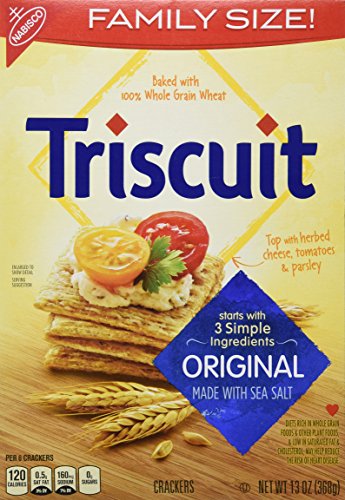If you are reading this article, you may be concerned your child has reflux.
Gastroesophageal reflux (GER) occurs in more than two-thirds of healthy infants and is the most talked about topic with pediatricians at one-quarter of all regular 6-month infant visits.
Does your infant have the following symptoms:
- Feeding intolerance
- Poor growth
- Arching
- Irritability
- Discomfort related to feedings
These all may be signs that your infant is experiencing reflux.
Typically, the first thing recommended for reflux in infants is lifestyle changes. Lifestyle changes include feeding changes and positioning therapy, which I have talked about in one of my previous Foodguides articles on acid reflux in infants. Additionally, if you are interested in learning more about the use of formula thickeners for infants with reflux, check this article out.
But, does positioning therapy actually work? Let’s see what the research has to say.
Placing infants with their heads elevated is one of the first things most parents do when they hear their child may have reflux, however, an article from the American Academy of Pediatrics states that head elevation is not effective in reducing acid reflux in older infants.
So, what about other sleeping positions?
Left lateral position (putting baby on their left side) vs right lateral position (putting baby on their right side):
Eichenwald et al. discussed that placing the baby on the right side after feeding may increase reflux episodes, but it also helped to speed up gastric emptying. A study by van Wilk et al. out of the Journal of Pediatrics recommends placing infants in the right lateral position right after a feeding and then within an hour, placing them in the left lateral position to decrease acid reflux.
Flat prone (laying baby on their stomach) vs flat supine (laying flat on back) position:
Several studies have shown that laying a baby in a flat prone position helps to significantly lessen GER compared to the flat supine position. However, the American Academy of Pediatrics and the North American Society for Pediatric Gastroenterology and Nutrition have both agreed that infants with GER should be placed to sleep on their backs (supine). They recommend this because it is thought that lateral (side) and prone (stomach) positioning increase the risk of sudden infant death syndrome (SIDS). They feel there is a rare exception for infants whose risk of death from GER outweighs the risk of SIDS. However, they feel if your child is over 1 year old, it is okay to have your baby sleep on their stomach.
Semi-supine (partly reclining) position:
This position may make GER symptoms worse and should be avoided, especially after eating, if possible. Putting your baby in a car seat or an infant carrier classifies it as a semi-supine position.
Some other studies have shown that despite position changes decreasing reflux episodes, it did not improve crying and/or irritability and positioning approaches remain uncertain.
The decision for an appropriate sleeping position should be made on a case-by-case situation after both careful consideration and talking to your pediatrician.
- Lightdale, J. R., Gremse, D. A., & Section on Gastroenterology, Hepatology, and Nutrition (2013). Gastroesophageal reflux: management guidance for the pediatrician. Pediatrics, 131(5), e1684–e1695.
- Eichenwald, E. C., & COMMITTEE ON FETUS AND NEWBORN (2018). Diagnosis and Management of Gastroesophageal Reflux in Preterm Infants. Pediatrics, 142(1), e20181061.
- van Wijk, M. P., Benninga, M. A., Dent, J., Lontis, R., Goodchild, L., McCall, L. M., Haslam, R., Davidson, G. P., & Omari, T. (2007). Effect of body position changes on postprandial gastroesophageal reflux and gastric emptying in the healthy premature neonate. The Journal of pediatrics, 151(6), 585–590.e5902.



















Comments
Join The Conversation...